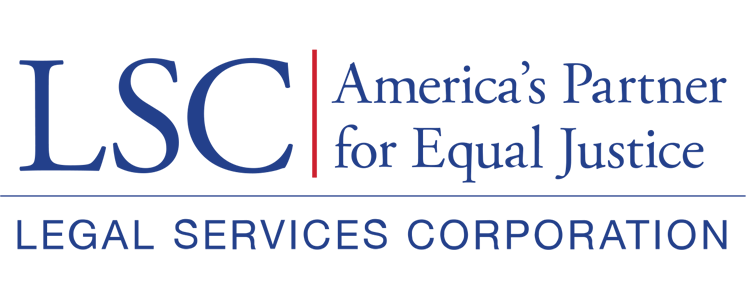Design Findings Overview
When EY Intuitive assessed the sites for the usability of their design, the team focused on how information was organized, allowing users to navigate through it (i.e., Ease of Navigation). They also considered how visual elements were displayed and the ways in which components, like icons, supported users in completing tasks (i.e., Visual Design and Iconography). Please see the full report for a complete discussion of the findings.
Ease of Navigation
Ease of Navigation is the extent to which a site allows users to move through its content, features, and functionality in order to complete key tasks.
Approach
- EY Intuitive assessed navigation by examining the consistency, hierarchy, purpose, and style of various types of navigation.
- EY Intuitive reviewed global, primary, secondary, tertiary, utility, and footer navigation based on a predetermined set of task-based procedures.
Some of the criteria for Ease of Navigation included:
- Each form of navigation has consistent placement, a clear purpose, and distinct levels.
- Allows users to search from anywhere in the experience (i.e., global search capabilities).
- Clearly indicates a user's location within the site hierarchy.
Key Findings
- Global navigation had consistent placement on almost all statewide sites, but secondary and tertiary navigation did not have clear purpose on most sites.
- Use of extraneous links and excessive content in the left and right rail made it difficult to discern contextual navigation and key calls to action.
- Search functionality on most sites was very limited and the search results were rarely displayed in a meaningful order.
Recommendations
- Use clear and distinct navigation labels to help site visitors quickly identify the correct section of the site that meets their needs.
- Clarify purpose and visual connectivity of secondary and tertiary navigation. Clearly differentiate secondary and tertiary navigation from primary navigation.
- Provide a robust global search feature which includes auto-suggest, search input forgiveness, sorting and filtering.
- Implement stepped workflows with progress indicators.
- Present lists in a logical, identifiable order.
Tools and Resources to Consider
- Consult online articles by user experience practitioners for right rail design tips and a broader understanding of users, such as the levels of computer literacy of adults in the United States.
Visual Design
Visual Design considers how a site is designed to enhance usability (e.g., how consistent, representative iconography facilitates navigation).
Approach
- EY Intuitive assessed the layout, alignment, and consistency of design elements across all states and templates to identify opportunities to improve usability through design.
- The team did not assess detailed interaction, aesthetic design, or the extent to which the site engages users.
Some of the criteria for Visual Design included:
- Aesthetics and interaction design enhance usability.
- Page elements are left-aligned to facilitate scanning and readability.
- Design elements have a consistent treatment and placement throughout the experience.
Key Findings
- About half of the sites had page elements properly aligned and visually differentiated on the site. Most sites used visual hierarchy successfully to differentiate and call attention to important elements on the page.
- Overall visual design and layout many of the sites were cluttered and did not facilitate scanning and readability.
- Icons and patterns did not always enhance the user experience. Many of the sites used inconsistent or outdated icon styles.
Recommendations
- Use interaction design and aesthetics to enhance usability.
- Update the icon library and use icons consistently to enhance recognition of recurring topics or features throughout a site. This could be done at the network level, such that all sites have access to a universal set of icons.
- Streamline design patterns and styles and use principles of visual hierarchy to differentiate and call attention to important page elements.
- Declutter content detail pages for easier consumption by increasing space between design elements and removing any unnecessary page elements.
Tools and Resources to Consider
- See online icon libraries for examples of updated icons that apply style consistently.
- See Legal Services of Northern California for an example of a site that leverages visual design and iconography principles to enhance usability.
- Collaborate within and among the statewide network to create a modern legal services-specific icon library.
